Discover the Rich Heritage of Nalanda Gedige Temple in Sri Lanka
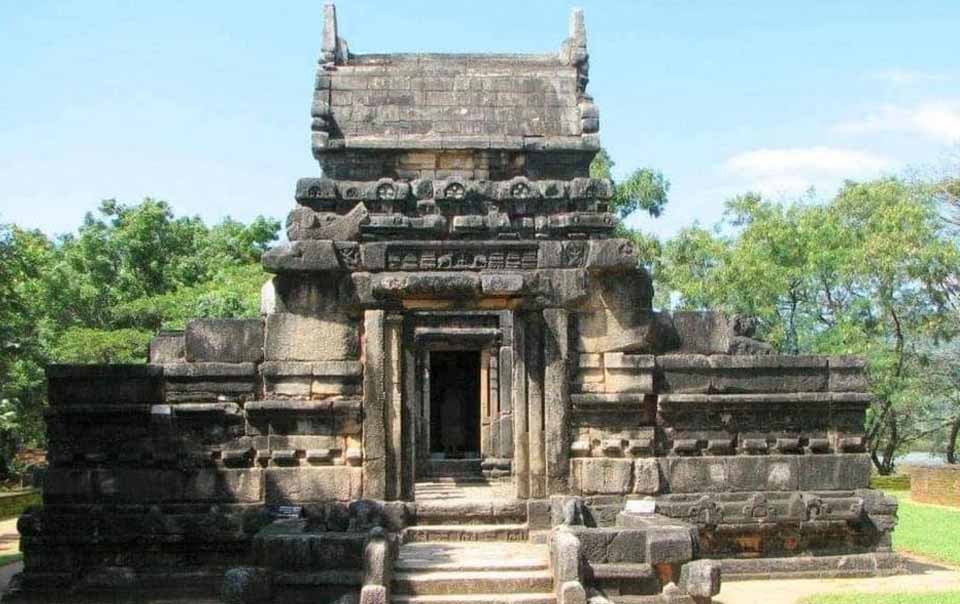
Hidden amidst the lush greenery of Sri Lanka lies a cultural treasure, the Nalanda Gedige Temple. This ancient temple shrouded in history and spirituality, stands as a testament to Sri Lanka’s rich heritage. As a traveler, this is a place you simply must visit. A Glimpse into Nalanda Gedige Nalanda Gedige is not just […]
Discovering the Beauty of Bundala National Park in Sri Lanka
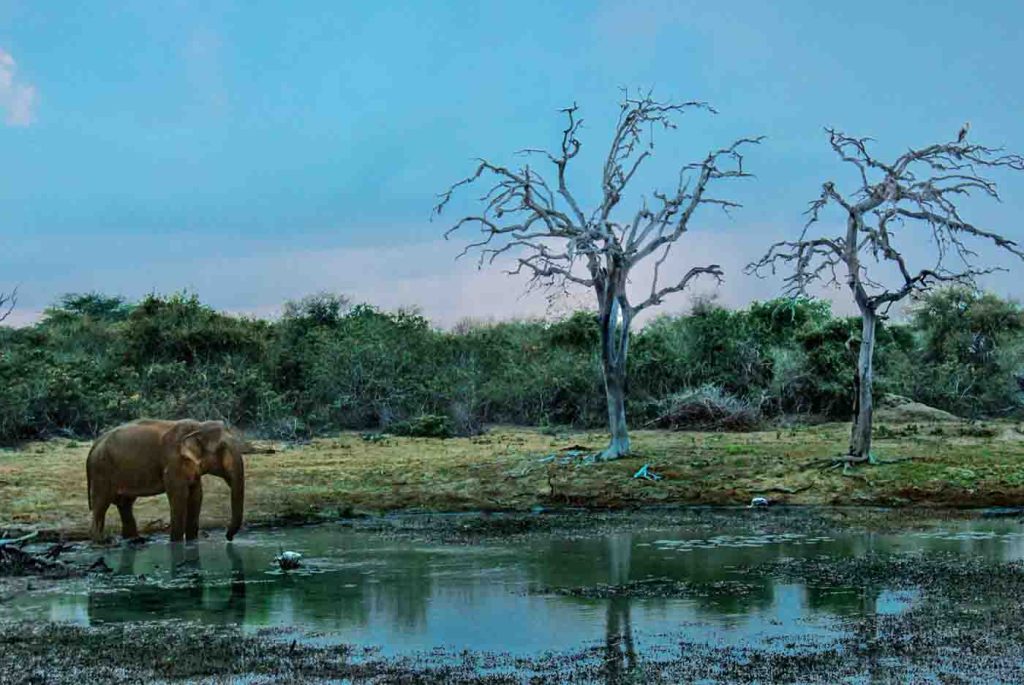
Imagine a place in the south of Sri Lanka that’s brimming with natural wonders. That place is Bundala National Park. It’s like a magical land filled with different kinds of animals and beautiful landscapes. Let’s take a closer look at what makes Bundala so special. Amazing Natural Beauty Bundala National Park is a very […]
Little Adams Peak in Ella

Little Adams Peak is a must-visit destination in Ella, Sri Lanka. The place is very popular among both locals and foreigners, as well as hikers. A fantastic spot for a hike that you shouldn’t miss during your visit to Ella Little Adams Peak location Little Adams Peak is situated a few kilometers away from […]
Kandy View Point (Arthur’s Seat View Point)
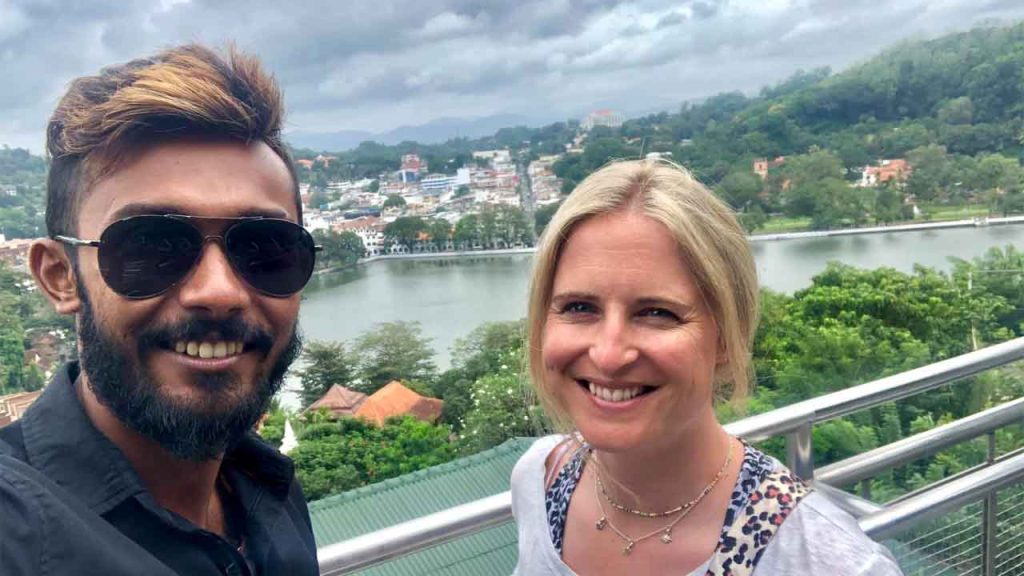
Kandy View Point, or what somebody called Arthur’s Seat View Point, is a must-visit spot in Kandy city. The place is situated on the Rajapihilla Mawatha, which is around one kilometer away from the city center. You can go there easily by foot. But you need to walk on a hilly route to get there. […]
Sri Muthumariamman Temple (Hindu Temple) in Matale
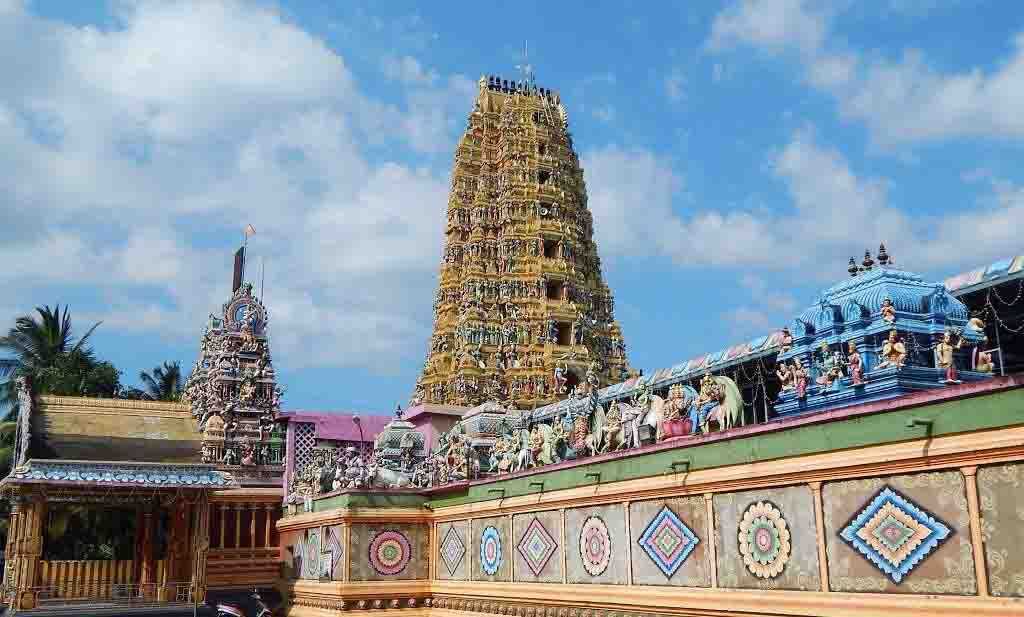
Sri Muthumariamman Temple is a Hindu temple that is situated in Matale. Most of the Tamil people also called this Arulmigu Sri Muthumari Amman Kovil. The place is an honorable place for both Hindu and Buddhist devotees. It is an open place for locals and foreigners, making it a fabulous place to visit in Matale. […]
National Spice Garden in Matale

The National Spice Garden, or something called Matale Spice Garden, is a nice place to visit in the Matale region of Sri Lanka. It covers more than 20 hectares of land. Here you can observe the wide range of spices that are being cultivated in Sri Lanka. Location Matale Spice Garden is situated 142km […]
The Ceylon Tea Museum in Kandy
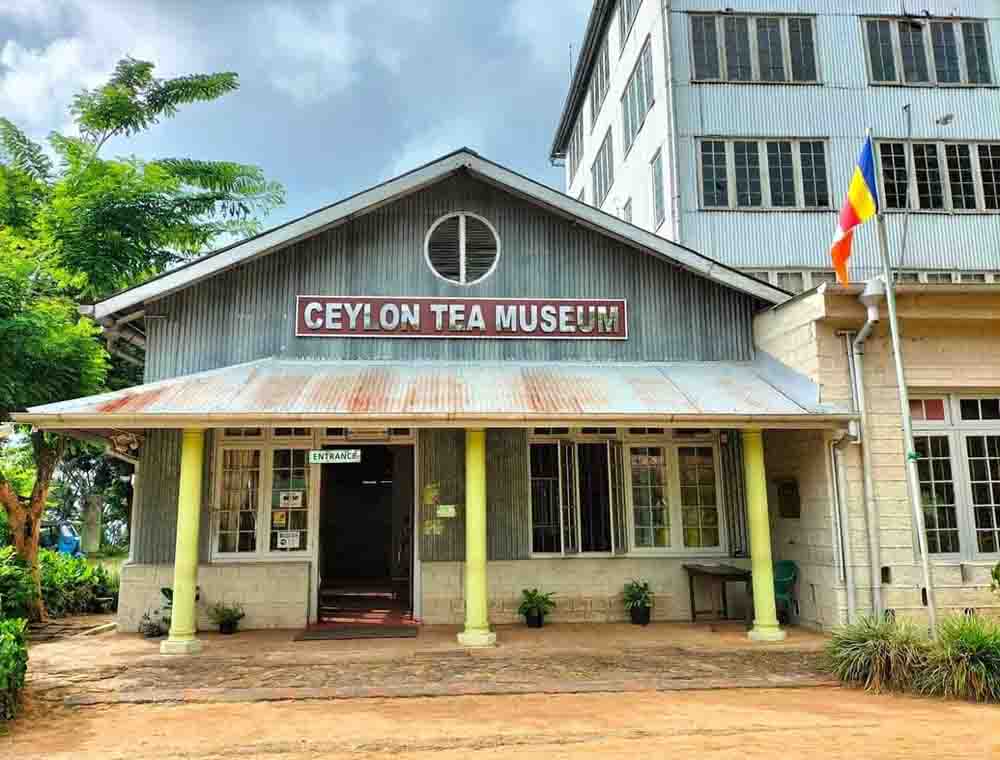
The Ceylon Tea Museum is another nice place to visit near Kandy, Sri Lanka. It is a museum where visitors can learn about the history of Ceylon tea while watching the ancient industry equipment. The situated places are called ‘Hanthana, where you can easily reach them by any vehicle. Public transport is also available towards […]
Hanthana Bird Park: A Fabulous Place for Bird Lovers

Hanthana Birds Park (Hanthana International Bird Park & Recreation Center) is a recently established travel destination near the famous Kandy City. It is a superb spot for nature and bird lovers. Here you can see more than 100 different bird species, making it a must-visit destination when you come to Kandy next time. Location […]
Discover the Amazing Ussangoda National Park

Ever thought about visiting a place where the ground is all colorful and magical? Well, Ussangoda National Park in Sri Lanka is just the spot! It’s a cool place for people who like nature and want to see something different. When you step into Ussangoda, it’s like entering a whole new world. The ground here […]
Exploring the Beauty of Kadiyanlena Falls in Sri Lanka

Tucked away in Sri Lanka’s lush countryside, Kadiyanlena Falls is a special spot for people who love nature. It’s often called “Kadiyanlena Falls” locally, and it’s a peaceful place far from the busy city. Kadiyanlena Falls is like a clear waterfall painting, gently dropping into a calm pool of water below. This lovely sight shows […]
